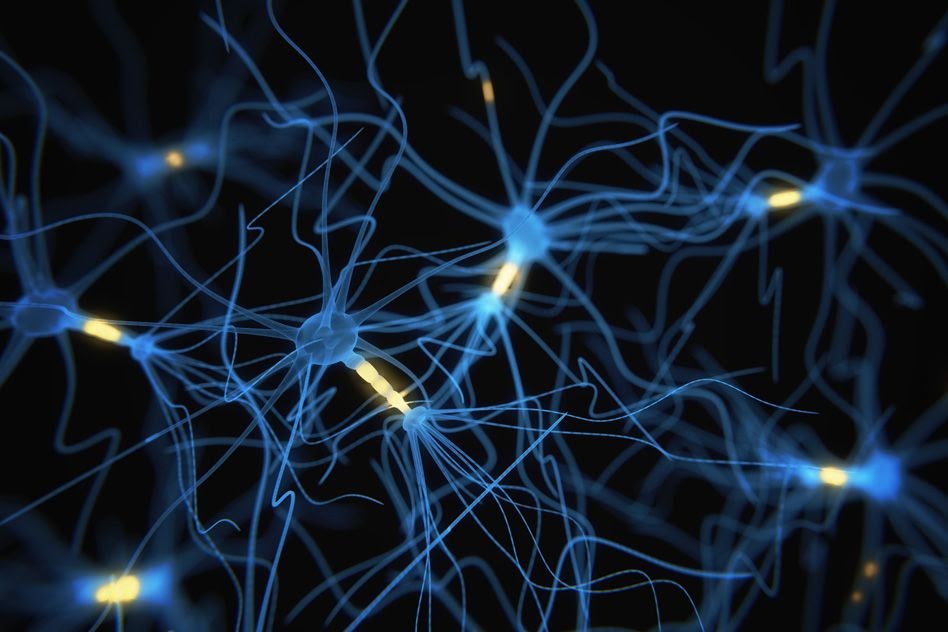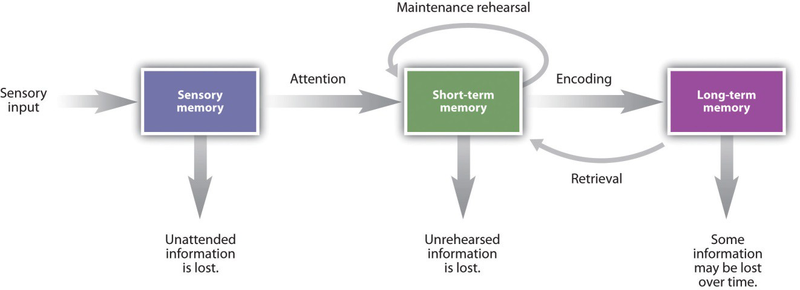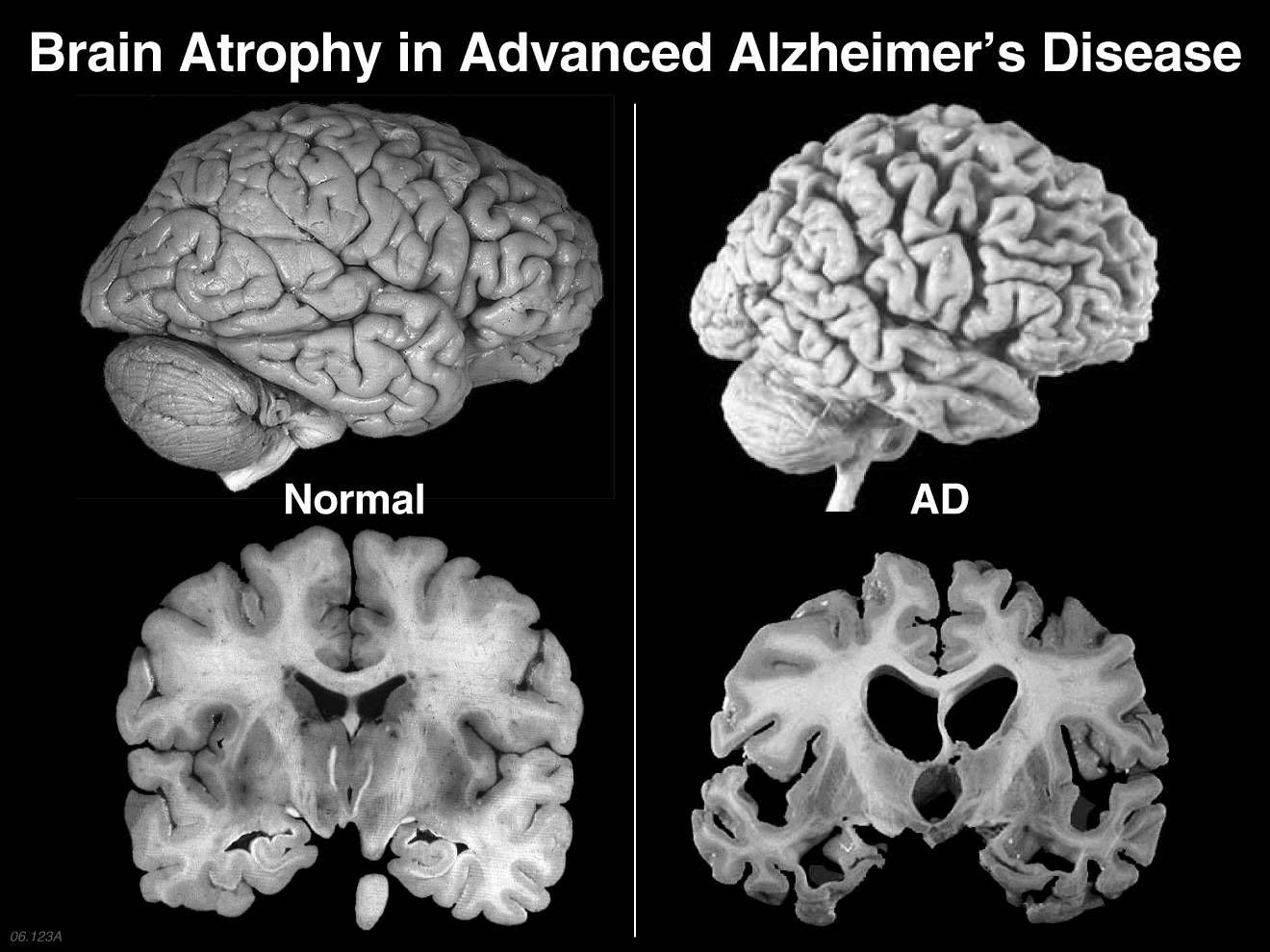Memories and the effects of time
Tania Firouzabady. 11/27/2020.

Memories have been a subject of interest to scientists from an early age. In fact, the study of memories dates back over 2,000 years to Aristotle’s disquisition “On the Soul”, outlining the belief that humans are born without knowledge. Today, the study of memory is a part of the field of cognitive neuroscience, and the ways in which memories change over time are of particular interest to researchers. Understanding these concepts is vital to developments in research concerning the causes of memory loss, particularly with regards to Alzheimer’s disease.
In 1968, scientists Richard Atkinson and Richard Shiffrin created the Atkinson-Shiffrin memory model that introduced three general types of memory: sensory memory, short-term memory and long-term memory. Although alternate theories exist, this model has been the most widely used and accepted. Following these three types, there are three stages of memory processing: encoding, storage and retrieval, each playing a vital role in the overall structure of memories.
Sensory memory is the first stage in memory storage and is responsible for retrieving physical and chemical stimuli from our surroundings. Examples of stimuli include visual, audible and tactile experiences. Every environmental stimulus triggers neuronal activities, transmitting the information to the brain.
What allows these stimuli to be transformed into memories? According to the Queensland Brain Institute, the answer lies in synaptic plasticity, the process by which the strength of connections between brain cells—known as synapses—undergo changes. The frequency of activating the synapses controls their strength. And when a neuron is stimulated, it can begin an action potential, a change in the electrical potential of a neuron. If the cell’s membrane reaches the threshold potential, the signal is transmitted.
However, according to cognitive psychologist George Sperling, sensory memory has limited capacity and duration. In fact, the majority of stimuli are not strong enough to begin the encoding process necessary to turn an experience into a memory. But if the information does become sensory memory, it continues on to the second stage: short-term memory. Though longer than sensory memory, short-term memory only lasts 15 to 30 seconds.

Short-term memory has been studied extensively in the past. In 1956, George Miller researched the capacity of short-term memory. He ran studies on how people respond to a variety of stimuli. In one trial, he presented each participant with 10 different sounds varying in pitch and had the participant respond to each pitch with a corresponding response previously learned. Miller summarized his studies in his paper “The Magical Number Seven, Plus or Minus Two”. He concluded that the majority of humans can process between five and nine units of information in their short-term memory. Miller’s theory provides great insight into the limited nature of memory, helping explain why people have such difficulty remembering large amounts of information.
Although short-term memory is significantly limited, long-term memory has the potential to store an unlimited amount of information for one’s entire life. Scientist Alice Preston of the University of Texas explained how the passage of time is required for short-term memory to become long-term memory. Time allows the memory to become resistant to other stimuli that may be competing to be turned into long-term memory.
In addition, Preston detailed that molecular changes alter the structure of neurons. Although these changes also occur for sensory and short-term memory, they take much longer for information that needs to be converted to long-term memory (sometimes taking years). Ironically, time, the factor responsible for preserving memories, is also the factor that can cause memory loss. As outlined by National Center for Biotechnology Information, a study performed by Holger Jahn on “Memory loss in Alzheimer’s disease” explores the relationship between memories and Alzheimer’s disease, focusing on the factors that influence this loss of memory.
It is vital to note that the termination of synapses is a major contributor to memory loss. During this discussion, Jahn scripts, “Variations in the genes encoding the amyloid precursor proteins, presenilin-1 and presenilin-2, can directly cause Alzheimer’s disease.” Presenilin 1 is responsible for cleaving other proteins into peptides, a process called proteolysis. Hence, when these variations occur, the presenilin proteins stop functioning, resulting in an inability to digest certain proteins, particularly the amyloid β-peptide. This ultimately leads to an increase in the vulnerability of the brain, contributing to the early phases of Alzheimer’s disease.

Jahn also notes, “The neuropathological hallmarks of the atrophy process in AD are the presence of senile plaques (amyloid deposits) and neurofibrillary tangles in autopsied brains.” Senile plaques and neurofibrillary tangles are natural components of the brain, but large numbers of them are a characteristic of Alzheimer’s disease.
Neurofibrillary tangles block the neuron transport system, impairing connectivity and communication between brain cells through synapses. As mentioned previously, these connections are vital to memory storage, illustrating the consequences of the buildup of neurofibrillary tangles.
Although the exact nature of such atrophy is not completely understood, a variety of factors may be at play. Common causes of Alzheimer’s disease include age, genetics and environmental factors, depending on the individual.
Despite the uncertainty over its cause, it is evident that memories are a fundamental component of Alzheimer’s disease. Evidently, further research is required for advancements to be made in this field. Memory loss impacts the world we live in and can bring many difficulties to people’s lives in the form of Alzheimer’s disease. Thus, scientists and researchers must continue to study the nature of memory loss and ways to prevent it.
Cover Photo: (Harvard Brain Science Initiative)
